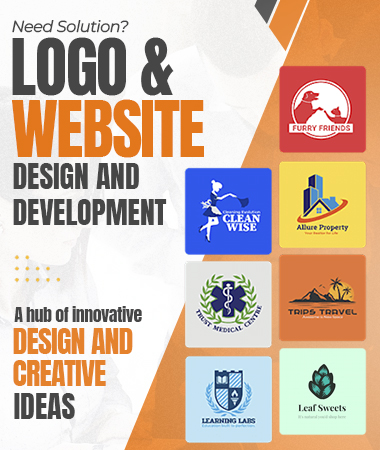How to Use Built in Tools in Software for Website Development Effectively
Using built-in tools in custom website development software can significantly enhance your efficiency and streamline the development process.
Take advantage of features in affordable website development service help text editors like Visual Studio Code or Atom. Utilize syntax highlighting, auto-completion, and code snippets to write cleaner and error-free code. Familiarize yourself with keyboard shortcuts to navigate and edit code more efficiently.
IDEs like Eclipse, IntelliJ, or WebStorm offer powerful tools for unique website development. Use features such as code debugging, version control integration, and built-in terminal consoles. Set up project configurations and customize your IDE to suit your workflow.
Integrate version control systems like Git offers cheap website development deal for directly into your development environment. Learn to use commands for committing changes, branching, and merging. Leverage visual tools provided by the software for easier tracking and management of version history.
If your website development involves graphic design elements, use best website development help to built-in design tools such as Adobe XD, Sketch, or Figma. These tools allow you to create wireframes, mockups, and prototypes directly within the development environment, ensuring a seamless design-to-code workflow.
When using a CMS like WordPress, buy website development service from Joomla, or Drupal, explore the built-in tools for content creation, management, and customization. Understand how to use themes, plugins, and widgets effectively. Take advantage of user-friendly interfaces to simplify website updates.
For database-driven website development service online, familiarize yourself with built-in database management tools like phpMyAdmin or MongoDB Compass. Use these tools to create, modify, and manage database structures efficiently. Practice writing SQL queries and understand how to optimize database performance.
Many website development tools include features for responsive design. Learn how to use these tools to preview and test your website on different devices and screen sizes. Understand how media queries and responsive frameworks work within the development environment.
Automate repetitive tasks using built-in task runners like Gulp or Grunt. These tools can help with tasks such as minification, image optimization, and code compilation. Configure and customize these tools to match your specific project requirements.
Familiarize yourself with browser developer tools like Chrome DevTools or Firefox Developer Tools. Use these tools for debugging, performance analysis, and testing. Understand how to inspect elements, analyze network activity, and debug JavaScript.
If your development environment includes security tools, use them to scan for vulnerabilities, enforce security best practices, and ensure a secure website. Regularly update security configurations and apply patches to protect against potential threats.
Explore collaboration tools integrated into your development environment. These may include chat systems, project management tools, or communication platforms. Use them to collaborate with team members, track progress, and streamline communication.
Stay updated on the latest features and improvements in your development tools. Many software providers release regular updates with new functionalities and bug fixes. Additionally, invest time in continuous learning and training to maximize your proficiency with these tools.
By effectively using built-in tools in your website development software, you can improve productivity, enhance collaboration, and create more robust and feature-rich websites. Stay curious and explore the capabilities of your chosen development environment to make the most of the tools available.
Related Blogs
- Website Development Trends to Watch in 2023
- How to Design an E-Commerce Website for Online Business?
- The Power of Augmented Reality Logo Testing
- Insights into Some Popular Automation Tools for Digital Marketing
- Create Your Geometric Logo Design Yourself
- Steps to Integrate Logo Design with Generative AI
- Balancing Iconography and Verbiage in Brand Logo Design
- Law of Figure-Ground on Custom Website Design
- Become an Expert in Backend Tasks in Modern Website Designs
- Tips for Incorporating Voice Marketing in Digital Marketing Campaigns?
- How to Use Built in Tools in Software for Website Development Effectively
- Tips for Search Engine Listing Fix
- How to Design Shoppable Digital Marketing Posts in Social Media?
- Different Influencers for Different Types of Digital Marketing
- How to Design Website Appointment Calendar?
- How to Conduct Digital Market as a Google Search Console SEO Expert
- Tips for Brand Book Logo Design
- Elements to be Included in Website Design for Powder Coating Business
- How to Use Hostinger Website Builder for Unique Website Designs?
- Specialty in Chrome Developer Tools for Website Development
- How to Deal with Broken Website Links in Website Development?
- Importance of User Personas in Website Development
- Technicalities to Improve a Website's Search Results Pages (SERPs)







